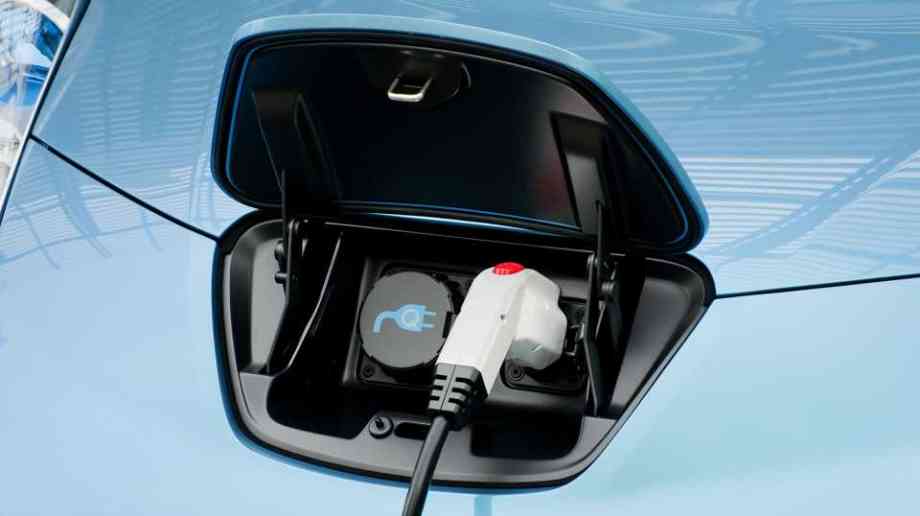Sue Robb of 4Children talks to Julie Laughton and Alison Britton from the Department for Education about the role of childminders in delivering the 30 hours free entitlement.
Chasm in EV chargers between rural areas and cities

New County Council Network analysis shows chasm in electric vehicle chargers between rural areas and cities – with London having more than England’s counties combined.
Council leaders have stressed that there are more publicly available charging points in London – 7,865 - compared to the entirety of England’s counties, which are home to almost half of the country’s population.
With 7,781 public charging points in total in the 36 county areas the CCN represents, it means the average distance between chargers is 16 miles in those places. They are lagging well behind London, which has a charger for every mile on average, and England’s largest eight cities, which have a six-mile distance between chargers.
As a result, county local authority leaders are warning that it is more difficult to drive an electric vehicle in England’s counties compared to cities, which could put people off switching from petrol and diesel. Just 35 per cent of electric vehicles are registered in county areas, despite them being home to half of the country’s population. They also say having good access to charging points will be vital for the county areas that see large influxes of visitors, such as Devon, Cumbria, and Lincolnshire.
The government estimates that one in five electric vehicles will be charged publicly, meaning a significant number of people will be reliant on publicly available chargers, or plugs on residential streets. The government is providing grants to local authorities to part-subsidise the installation of on-street residential chargers, but two-thirds of England’s total either installed or approved for installation are in London – 2,071. Just 494 are in county areas.
The government’s Net Zero Strategy included the announcement of £620 million to install more charging points, but ministers said this would be largely focused on grants for on-street residential chargers. An electric vehicle infrastructure strategy has been promised by the end of the year.
County leaders say it is vital that this strategy focuses on improving publicly available electric vehicle charging points, and that funding ramped up to support this. With adequate resource, county authorities will work with the private sector to improve accessibility for county residents to support them transitioning to electric vehicles.
Sam Corcoran, Climate Change Spokesperson for the CCN, said: “As we move towards a zero-emission future, most households should be able to charge their car up at home. But many people will not have this an option so having a good amount public charging points near their homes will be vital, as they will be for tourists.
“Having a car is a necessity rather than a luxury in many county areas owing to a lack of public transport options, but we cannot incentivise people to switch to electric vehicles if the infrastructure is not readily available to support them. There is already a chasm between county areas and England’s biggest cities in charging points, and this must be addressed urgently to stop rural areas falling behind.
“County areas have seen emissions fall the slowest compared to the rest of England and switching to electric vehicles will help our climate change ambitions. County leaders are ready to support the government in hitting net zero, but we need a new focus and investment to address the lack of electric vehicle infrastructure in our areas presently.”
Company Focus
Located in Bromley, Japanese Knotweed Eradication Ltd has been providing solutions in the treatment and removal of Japanese Knotweed (Fallopia Japonica) for over a decade. During this time we have mastered a repertoire of methods, from herbicidal treatments to landscaping solutions, tailored to address the unique challenges our clients face with this pervasive weed.
Event Diary
UKREiiF has quickly become a must-attend in the industry calendar for Government departments and local authorities.
The multi-award-winning UK Construction Week (UKCW), is the UK’s biggest trade event for the built environment that connects the whole supply chain to be the catalyst for growth and positive change in the industry.
Supplier Profiles
Geo Energy
At GeoEnergy Design, we're on a mission to disrupt the traditional way heating and cooling ha
Latest Features
Professor Harith Alani, director of the Knowledge Management Institute at the Open University explains how AI can be used for good and bad.
Alex Lawrence, head of health & social care, techUK sets out techUK’s Five Point Plan for CareTech.

















